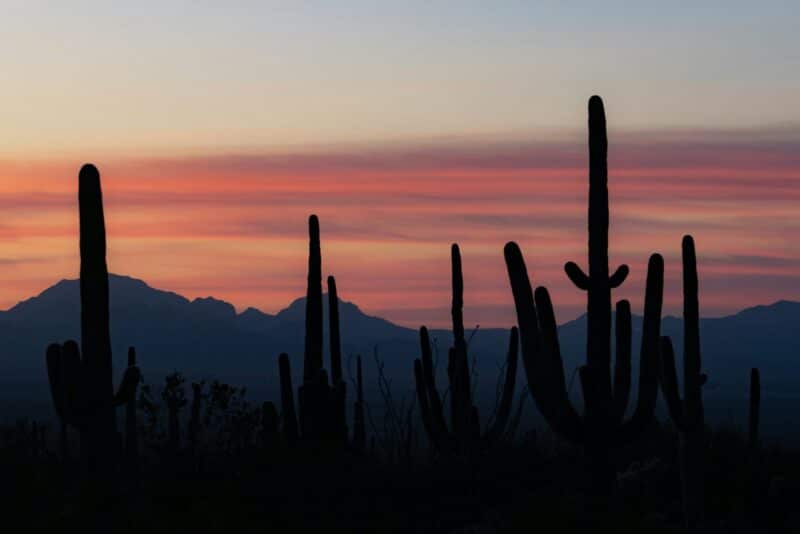This is the first of a series of posts about CSPO’s ongoing project on consent-based siting of a nuclear waste storage facility funded by the Department of Energy. Importantly, this project is not about selecting a location where such a facility should be built. Instead, we are conducting research and development to inform a fair process in which communities could volunteer to host such a site. We are particularly interested in how such a process can itself be informed by community engagement and the priorities of peoples from all walks of life. You can read more about the project on our about page. Now onto what we learned from our first few public events!
If you’ve ever been to Bisbee, you likely walked the winding streets of old Bisbee or gazed deep into the Lavender Pit–a massive open pit mine between old Bisbee and its surrounding neighborhoods. The town’s mining history spreads out from Tombstone Canyon across the rest of the landscape in the form of old buildings, abandoned mining equipment, and man-made mountains of mine tailings. But Bisbee isn’t a town with just history. It’s reinvented itself over the years and its residents continue to think about its future.
We had the pleasure of hosting our first public events as part of this project in Bisbee in February 2024. Seventeen people from across Bisbee sat down with us to tell us about the hopes they have for Bisbee, and the challenges the community faces. We hosted two events–one with high school students from Bisbee High School and one held at the historic (and beautiful) Copper Queen Library–to explore hopes and concerns about Bisbee’s future and issues related to nuclear energy. These topics might seem unrelated. Bisbee has no history related to nuclear energy, so why talk about that alongside community members’ hopes and concerns?
Our project is meant to inform the Department of Energy’s efforts for consent-based siting of an interim storage facility for waste from the nation’s nuclear power plants. It’s not a ‘fun’ topic, but an important one. The Department of Energy is following the lead of other countries: instead of picking a place and putting the facility there, they’re beginning a process to let communities express interest in hosting this facility. But for a community to express interest in such a facility, that community will need to think hard about its own future and its priorities. That’s why we wanted to host a conversation in Bisbee. We wanted to test out how best to have a conversation about the future of a community. To be clear, we chose Bisbee to host these events because we knew it was a vibrant community with great host organizations–like the high school and the Copper Queen Library. Our goal is not to find a site in Arizona for a nuclear waste storage facility. Our goal is to create tools that inform the Department of Energy and any communities that may want to work with the Department of Energy.
So what did we learn in Bisbee? First, we were blown away by how thoughtfully the group of high school students articulated their concerns about the future. They suggested many things the community could improve, including making housing more affordable to making the schools safer for students. When discussing the topic of nuclear energy, the students asked hard questions of us and of each other. For example, they spent time discussing how decisions about a nuclear waste storage site spread beyond the borders of any one community to include communities nearby and communities that nuclear materials may have to travel through.
Both the high school group and the community members who joined us at the library were passionate about Bisbee’s sense of community and the need to think about the future. They discussed how the community evolved from a mining town to a haven for artists and now a major tourist attraction. They also discussed the growing pains that come with change, noting that increased tourism had impacted things like housing affordability. Throughout these discussions, everyone brought up the importance of involving the community in major decisions. For example, the high school students noted that young people have unique concerns about the community–like where they can go to have fun and be safe–that others in the community might overlook.
Finally, we learned that we needed to change how we approached our conversation about nuclear energy and waste. Some community members expressed skepticism about our assurances that we weren’t in Bisbee to find a place to put the nation’s nuclear waste. Others had detailed questions about what exactly this waste was, which took time to address. We appreciated the groups’ willingness to help us learn and their input for how we should move forward with our project.
Our project is about learning–learning how to better have conversations about difficult topics. We learned a great deal from these two events in Bisbee and are looking forward to what we’ll learn from the rest of the project.
We visited the weekend of Valentine’s Day and Arizona’s Birthday and
This project kicked off with a visit to the mining town turned tourist destination of Bisbee, Arizona. But as the folks who attended our events pointed out–the community of Bisbee is about much more than tourism.
- Community defining features
Part of the day was spent on priorities, hopes, and concerns about the future of Bisbee…
Nuclear waste concerns–
- Want more information.
- All the community should be involved and have a say
- A few different mechanisms were brought up.
Importantly, these events are also for our team to learn and improve. Both groups provided lots of helpful feedback for how we want to engage with the communities we work with. In particular.
- change up format
- Be more forthright about the nuclear waste siting topic
Finally, it’s always heartening to see how quick people from all walks of life point to issues that matter. The group of high schoolers noted a few things our resident nuclear waste siting scholar frequently addresses in her talks:
- It’s not just about hwere something is located, but how the waste might travel there
- Decisions made by own community impact those surrounding communities (and those communities should have a say)
- What’s the relation between State and local?


